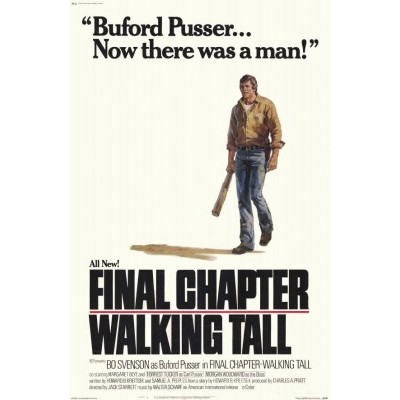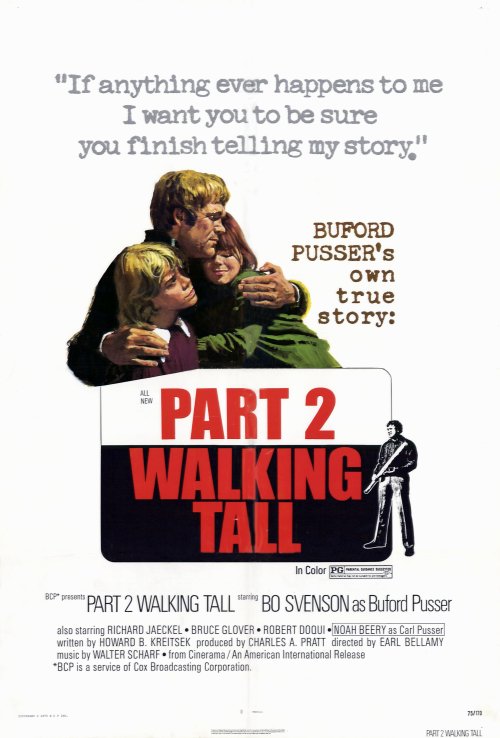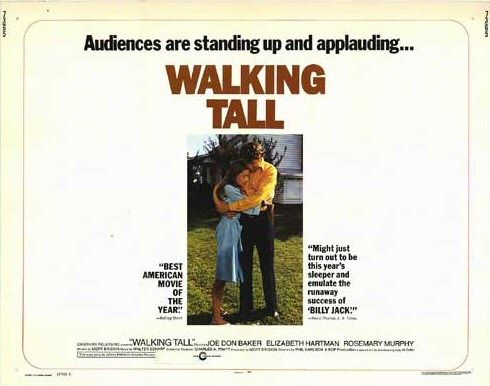1973’s Some Call It Loving tells the story of Robert Troy (Zalman King). He’s rich. He has a girlfriend (or maybe she’s his wife, we’re never quite sure) named Scarlett (Carol White). He lives in a big, beautiful mansion with Scarlett and Scarlett’s girlfriend, Angelica (Veronica Anderson), and several different women who Robert and Scarlett bring home so that they can all pretend to be someone other than who they are. (When the film begins, Scarlett is pretending to be the strict head mistress of a finishing school. Later, she’ll pretend to be a nun.)
Robert seems like he should be happy but, from the minute we see him, it’s obvious that he’s not. He’s mired in deep ennui and even playing in a jazz band at a nightclub doesn’t seem to bring him any real joy. Robert plays saxophone. His best friend in the band is Jeff (Richard Pryor), a barely coherent junkie who is probably only alive because of the pills that Robert keeps him supplied with.
One night, Robert goes to a carnival. He stops at a tent that apparently houses “Sleeping Beauty.” Inside the tent, a young woman named Jennifer (Tisa Farrow, later to star in Lucio Fulci’s classic Zombi 2). Jennifer is in a comatose state. People pay a dollar so that they can enter the tent and kiss her. Her “owner” says that Robert can do more with her if he’s willing to pay $50. Robert instead buys her for $20,000.
It turns out that Jennifer has been in a coma for eight years. She’s been kept in that state by a “sleeping potion,” a cocktail of drugs that has to be administered on a daily basis. Robert takes her back to his mansion and doesn’t give her the potion. Eventually, Jennifer wakes up.
Now, speaking for myself, if I woke up in a strange place after being in a forced coma for eight years, I’d probably be pretty pissed off. Jennifer, however, cheerfully accepts that the fact that she’s been asleep for eight years and now she’s living with a somewhat creepy man and his two girlfriends. She’s just happy to have her mansion and her Prince Charming!
While Scarlett and Angelica view Jennifer as being someone new to play games with, Robert starts to develop real feelings for her. He wants to have a real life with Jennifer but, unfortunately, the only life that Jennifer knows is the fake one that he’s created with Scarlett and Angelica. Robert finds himself torn between deciding whether or not to commit to Jennifer or to the fake world that he and Scarlett have created at the mansion….
Some Call It Loving is a strange film. It’s incredibly pretentious in the way that only an art film from 1973 could be. Reportedly, the film was a box office disaster in America but the European critics loved it. That’s not surprising because the film’s sensibility is far more European than American. Not only does the film refuse to judge its characters but it also ends on the type of ambiguous note that seems specifically designed to alienate mainstream audiences. Though the film’s plot has all the making for a kinky melodrama, it’s actually far more of an erotic fairy tale. Jennifer really is Sleeping Beauty but, unfortunately, Robert may not be quite prepared to be a true life Prince Charming. In the end, both Jennifer and Robert are trapped by their own fantasies.
As I said, it’s pretentious but it’s also strangely watchable. From the opening of the film, director James B. Harris achieves a properly dream-like feel and Zalman King manages to be both compelling and creepy at the same time. Tisa Farrow is perfectly cast as Jennifer and the mansion where the majority of the film takes place is simply to die for. Even if Robert is a creep, he at least has good taste when it comes to interior design. Some Call It Loving is obviously not a film for everyone. What some will find dream-like, others will find to be muddled and annoying. But it’s an intriguing artifact of early 70s arthouse cinema.





